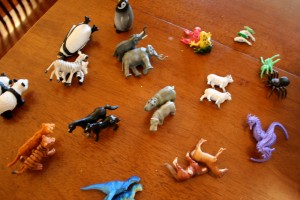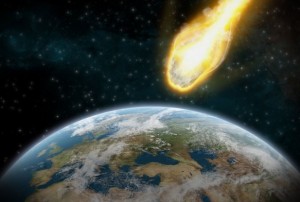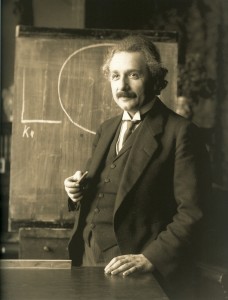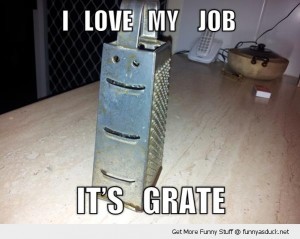
I’ve heard this one before — in-person, actually: “If people evolved from monkeys, then why are there still monkeys around?” It’s been a few years, but this Mashable post on evolution myths reminded me of it.
For some reason, I actually kind of like it. I think it’s…cute? That’s really condescending, isn’t it? But the whole thing reminds me of child reasoning: There’s a certain amount of sense to it. You can see the logical steps the thinker made. But they totally miss the greater context, making for a rather silly (read: adorable) conclusion.
Yeah, that’s really condescending. Whatever. Here’s what I mean. Check out this excellent Reddit post on “child logic.” Here’s a particularly good one:
“I had always been taught (regarding hunting and fishing) that you only kill something if you’re going to eat it.
So I reached the brilliant conclusion that in the old West, cowboys ate most of the Native Americans.”
This is logical. There is a direct line from premises to the conclusion: Given A) You eat what you kill; and further, given, B) Cowboys killed Native Americans; therefore, the conclusion C) Cowboys ate Native Americans, necessarily follows.
Airtight. Within the pure, logical arena in which only those premises are given, the conclusion does in fact follow. The child, of course, misses the greater complexities and details that make the conclusion absurd: most importantly, 1) people kill for reasons other than hunting, and 2) humans are considered a different class from animals, particularly when preparing meals.
Now let’s look at the evolution-is-wrong-because-moneys argument. Premise A) Evolution says humans evolved from monkeys (or apes); Premise B) Evolution means changing from one form to another; therefore, it necessarily follows that C) The monkey should all have changed form and disappeared.
Airtight! But, yeah, it’s adorable in its simplicity. Do people really imagine that scientists picture individual monkeys — poof!! — transforming into individual humans? I suppose if you’re predisposed to want to disbelieve in evolution, it would be easy to accept such a caricature of the theory’s claims.
If that is your premise, then yes: It would make sense that monkeys would no longer exist. But, as people with much better credentials than me can explain, that internally consistent logic falls apart because that’s not what evolution claims at all. Instead, a monkey-like common ancestor diverged — it split into (at least) two lines.
And the *poof* individual transformation definitely does not occur. It’s gradual changes over generations. To be less of a condescending dick (briefly), I understand why this is hard to wrap your head around. Evolutionary time is massive. I wonder if it’s possible for human brains to truly comprehend such timescales, other than simply dealing with them abstractly as figures. So, if you have reasons to mistrust evolutionary science — perhaps because it contradicts your deeply held religious beliefs — then how can you be expected to voluntarily wrack your thinking to accept the idea of billions of years of gradual change?
But, still. Come on. At least understand that no scientist imagines monkeys *poofing* into your uncle Charlie. Though, admittedly, that would be really cool.







